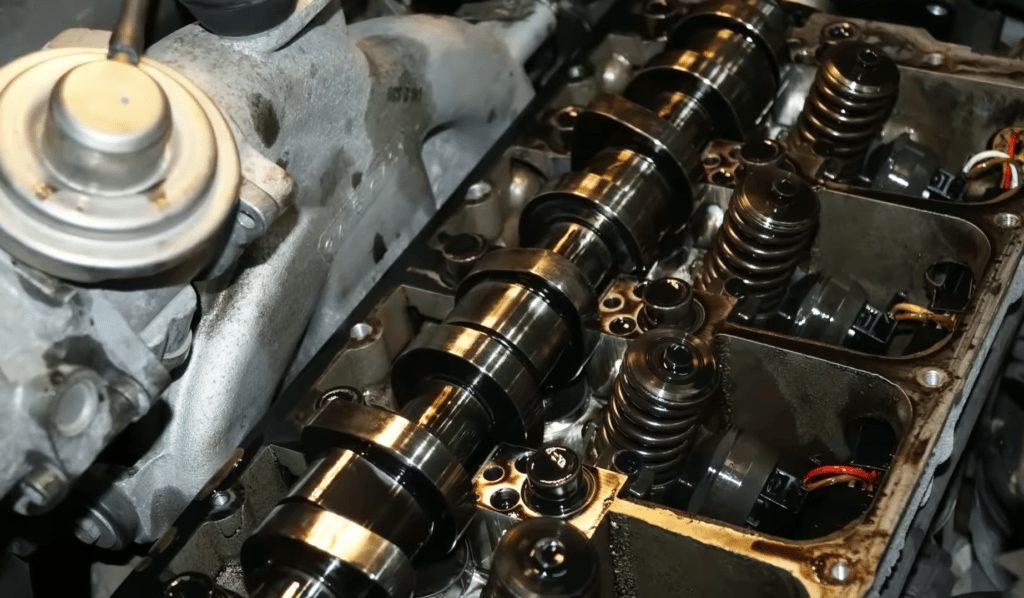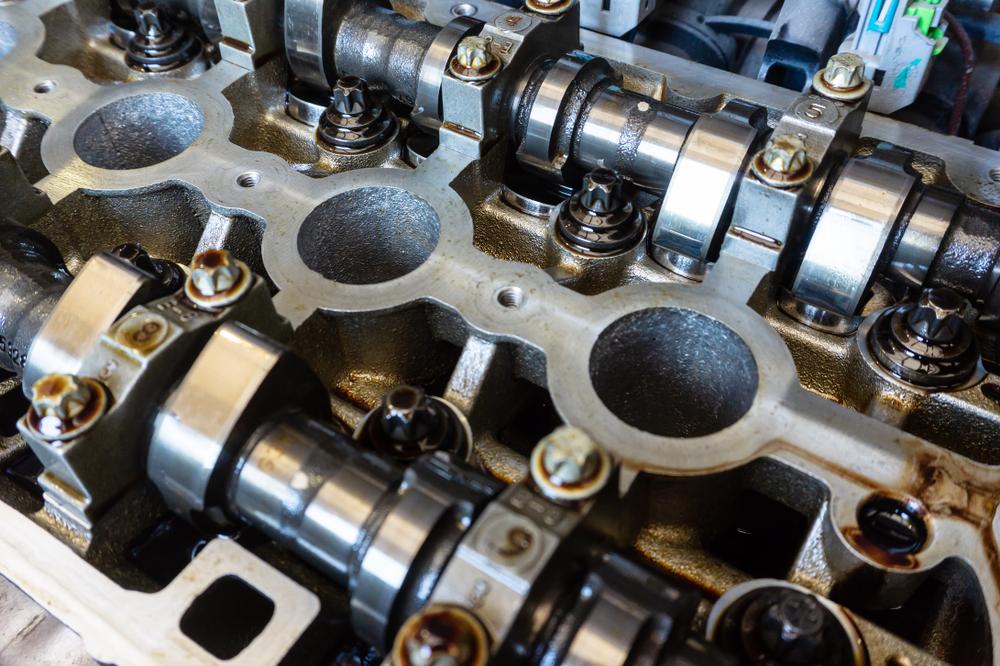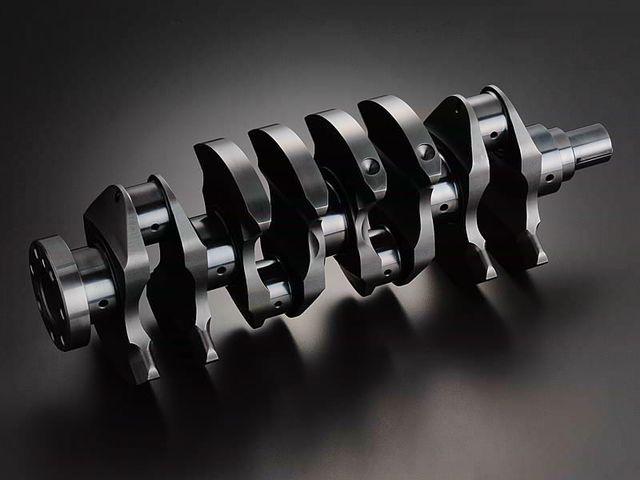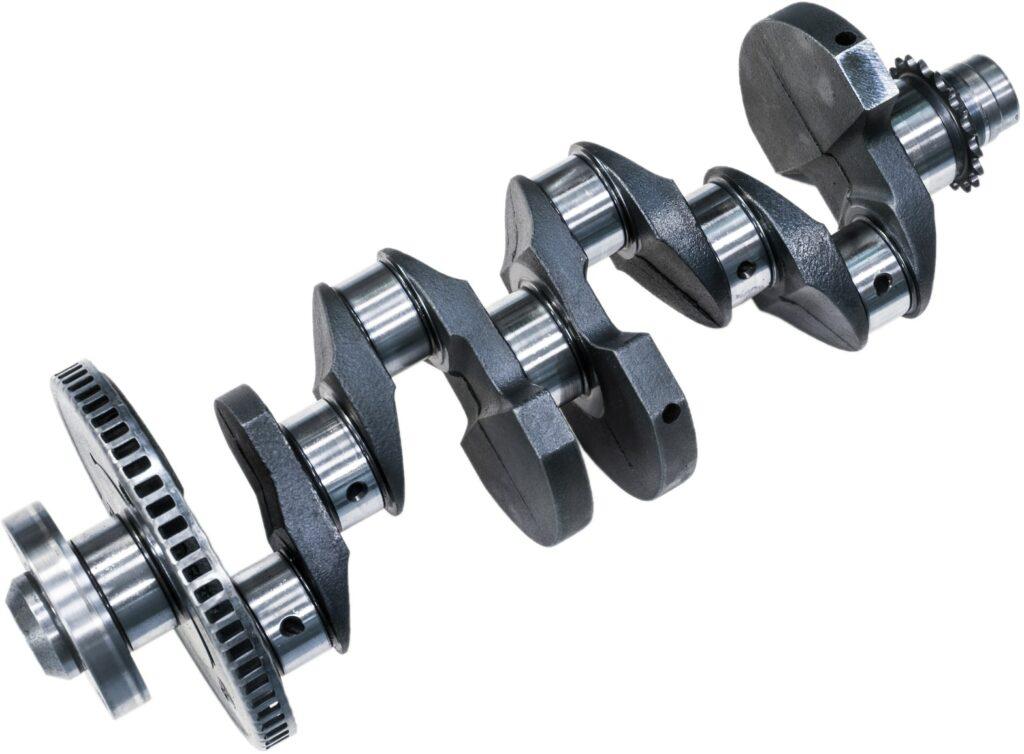How Much Horsepower Will a Camshaft Add?
By Sebastian Orellana
Updated Feb 17, 2024

Introduction
Cams, or camshafts, are essential components of modern automotive engines. They control the opening and closing of the engine's valves, affecting the air and fuel allowed into the combustion chamber. By modifying the camshaft, it is possible to increase the power output of an engine.
Table of Contents
In this post, we will look at how much horsepower a cam can add and explain the factors influencing the amount of horsepower gained.
READ: How Much Horsepower Does An LS1 Have?
What is a Cam?

A cam is a rotating component of an engine that is used to control the opening and closing of the valves. The camshaft is connected to the crankshaft, and as the crankshaft rotates, the camshaft follows suit, controlling the valves. Cams come in many different shapes and sizes, each designed to provide a specific amount of lift and duration at certain engine speeds.
Types of Cams
Several types of cams can be used to modify the power output of an engine. These include:
• Hydraulic Cams: Hydraulic cams are the most common type of camshaft used in modern engines. They use hydraulic lifters to open and close the valves, and they are adjustable, allowing the lift and duration to be adjusted to suit the engine's needs.
• Solid Cams: Solid cams are adjustable and provide more lift and duration than hydraulic ones. They are typically used in high-performance engines and are more expensive than hydraulic cams.
• Roller Cams: Roller cams use roller followers to open and close the valves and are usually used in high-performance engines. They provide more lift and duration than hydraulic and solid cams but are also more expensive.
How Much Horsepower Will a Cam Add?
The horsepower gained from a camshaft depends on several factors, including the type of camshaft used, the engine's displacement, and the fuel used. Generally, a camshaft can add anywhere from 10 to 30 horsepower to an engine. However, the amount gained will depend on the specific engine and camshaft combination.
READ: What is a 6R80 Transmission?
Factors Influencing Camshaft Performance

Several factors influence the performance of a camshaft. These include:
• Camshaft Duration: Camshaft duration is the length a valve opens, measured in degrees of crankshaft rotation. Higher duration cams will extend the valves, allowing more air and fuel to enter the combustion chamber. This will increase power output.
• Camshaft Lift: Camshaft lift is the amount of lift that the camshaft provides to the valves. Higher lift cams will open the valves further, allowing more air and fuel to enter the combustion chamber. This will increase power output.
• Engine Displacement: The size of the engine's displacement will affect the amount of power gained from a camshaft. Larger engines can take advantage of higher lift and duration cams, whereas smaller engines may not benefit as much.
• Fuel Type: The fuel used will also affect the power gained from a camshaft. For example, higher octane fuels will allow for higher lift and duration cams, producing more power.
What Does A Camshaft Do In Your Car?
A cam is a vital component in a car's engine that helps to control the engine's valves. It is driven by the crankshaft, which is connected to the pistons. The cam has lobes that open and close the valves, allowing the engine to draw in air and fuel and expel exhaust gases. The position of the cam is critical to the efficient operation of the engine, as different camshaft positions will affect the timing of the valves and the amount of air and fuel that the engine can draw in.
The cam is critical for an engine's performance, as it controls the valves, its primary power source. Without the proper timing of the valves, the engine will run inefficiently and not produce the power it was designed to. Additionally, the camshaft helps to ensure that the engine runs smoothly and keeps the engine in peak condition.
The cam is a hardy car engine component that requires frequent maintenance to ensure it is in good working order. This includes replacing the cam bearings, checking the valve clearances, and ensuring the cam lobes are not worn down or damaged.
Upgraded Cam Benefits

Upgraded cams offer several benefits for performance-oriented engine builds. Engine builders can increase power and torque by upgrading to a higher-performance cam. This is due to the camshaft's ability to open and close the valves faster, allowing more air and fuel to enter and be expelled from the engine. This increases the efficiency and performance of the engine. Additionally, upgraded cams can also provide improved engine response. This is due to the increased valve opening and closing speed, allowing quicker acceleration and response to throttle inputs.
Another benefit of upgraded cams is improved fuel economy. By opening and closing the valves faster, the engine can use the fuel more efficiently and burn it completely. This reduces the amount of fuel wasted and helps improve the vehicle's overall fuel economy. Additionally, upgraded cams can also help to reduce emissions. This is due to the increased air and fuel flow, which helps to reduce unburned fuel and keep the environment cleaner.
Overall, upgraded cams offer several benefits for performance-oriented engine builds. These include increased power and torque, improved engine response, fuel economy, and reduced emissions. An upgraded camshaft is an excellent choice for those looking to improve their engine performance.
READ: What is a Procharger?
Conclusion
In conclusion, a cam can add anywhere from 10 to 30 horsepower to an engine, depending on the type of cam used, the engine's displacement, and the fuel used. By understanding the factors that influence cam performance, selecting the proper cam for the application and maximizing the engine's power output is possible.
